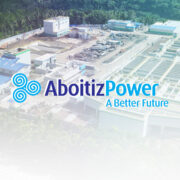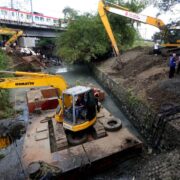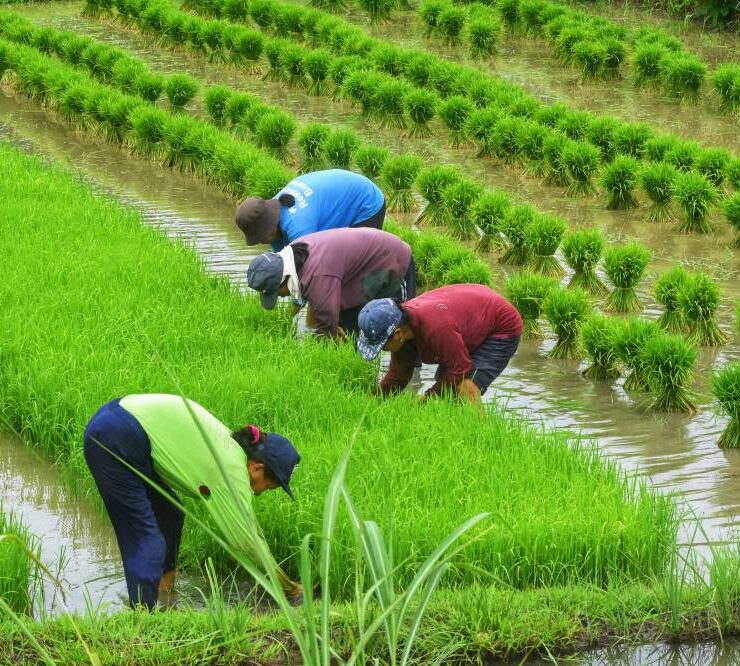What we can learn from the women of San Miguel, Bulacan

Insights from a globally awarded, women-led agriculture cluster should be implemented in the Department of Agriculture (DA)’s Farm and Fisheries Clustering and Consolidation (F2C2) program.
In 1984, the Samahan ng mga Kababaihan ng San Miguel, Bulacan (KBB) led by Emma Sta. Ana was awarded the best rural development project in Asia-Pacific by the United Nations Fund for Women (Unifem). It won because of its effective clustering of backyard hog projects using a value chain approach, which later included setting up a feed mill.
In 1987, KBB used the same clustering approach in the successful export of stuffed toys. Because of this, it won the award for best rural development project in the world.
Economies of scale
On Feb. 21, 2023, the Agri-Fisheries Alliance (composed of coalitions from the three sectors of farmers and fisherfolk, agribusiness, and science and academe) successfully lobbied in the Senate to include six conditions in the ratification of the Regional Comprehensive Economic Partnership (RCEP). One of these was the clustering of small farm sizes (today averaging 0.9 hectares each) to achieve economies of scale. Without such, we will never be able to compete successfully in the wider free trade agreement.
Thailand emphasizes clustering in agriculture, evident in its ministry’s name: Ministry of Agriculture and Cooperatives. Largely because of clustering, Thailand’s exports in 2024 reached $52.2 billion, while ours was only $7.5 billion.
If we followed their approach, we would not even have to send overseas our workers, who contributed $38.3 billion last year.
Three weeks ago, we discussed the clustering initiative with F2C2 program managers. They showed commendable results as of March 30, having created 1,724 clusters with 656,519 members and covering 922,832 ha. The main clusters are in rice (652), corn (366), high value crops (401) and livestock (41).
The F2C2 objectives are: (1) bring about economies of scale; (2) ensure better access to markets, financing and investments; (3) strengthen the active role and contribution of farmers and fisherfolk to the economy; and (4) accelerate agriculture growth and countryside development.
Their three measurable outputs are: (1) cluster development plans developed and funded; (2) market facilitation and linkage established; and (3) capacity-building and extension support delivered.
In addition, I believe that a major outcome should be a better life for members, indicated by an increase in income.
How can these be achieved more successfully? Insights can come from the successful KBB clustering experience.
An inclusive plan
A common livelihood generation practice in the ’70s and ’80s was to give each household one to three farm pigs for fattening and selling. Without the proper technical support and economies of scale, however, the program failed. Often, the pigs were just sold or eaten.
In San Miguel, Bulacan, the first step for KBB was to cluster households. The target outcome was for each participant to earn at least the minimum daily wage.
A plan was then formulated with help from the Development Academy of the Philippines and support from the Canadian Embassy. It entailed providing at least seven pigs per household. Proper technical guidance was also ensured.
Later on, since the value chain analysis revealed that the cost of feeds was an important factor, the women again got together to put up a feed mill.
The project became enormously successful and won the Unifem top rural development award in the Asia-Pacific.
The women’s husbands saw the benefits of clustering that they started using the same technique in their crop production activities.
From 1984, the women again used their clustering skills to produce (and profited from) stuffed toys for export. This earned them the award for the world’s best rural development project.
There are three insights that should be considered for emphasis in the implementation of F2C2: (1) a well-thought-out plan should be developed with the appropriate implementation support and an increased income target; (2) the plan should include a value chain approach to identify additional opportunities in other parts of the value chain, such as supply sourcing and processing; and (3) new clustering opportunities should be identified which other family members can implement.
Clustering, as done extensively in Thailand, is key to agriculture development. Adding insights from the KBB experience can help F2C2 achieve this goal more effectively.
The author is Agriwatch chair, former secretary of presidential flagship programs and projects, and former undersecretary of the Department of Agriculture and the Department of Trade and Industry. Contact is agriwatch_phil@yahoo.com.





















Tethered bulls: On sub-par Q3 GDP growth